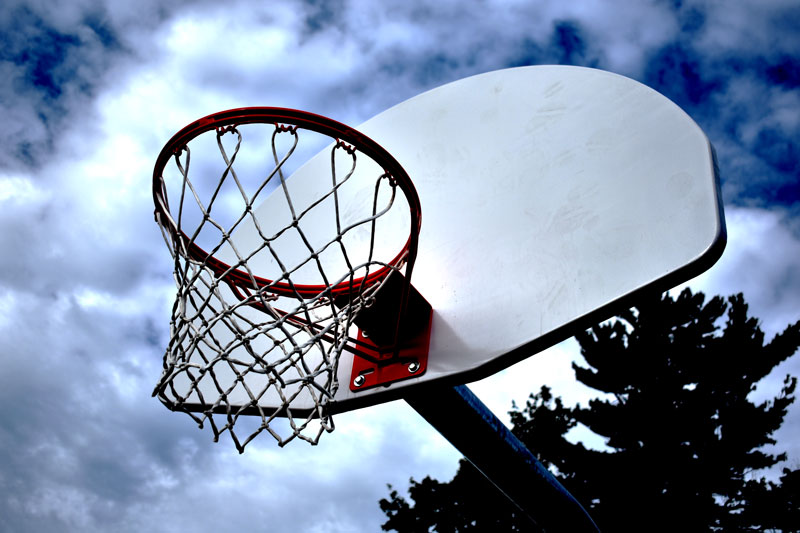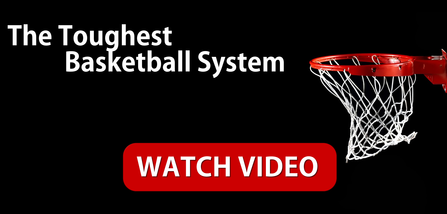
When it comes to the great game of basketball, there is not much equipment needed to play that isn’t subject to a fair bit of wear and tear. The balls are constantly being shuffled, dribbled and tossed while the backboards, rim and net are subject to abuse from the ball and from the often large-sized humans playing the game.
With such a fast-paced sport, plenty goes into the design of the products that are used in these intense matches. With this high level of play and contact, selecting the right backboard can be a challenge, especially for those who are conscious of budgetary constraints.
When it comes to selecting the right backboard, it is a good idea to assess the location, expected level of play, as well as the frequency of play. The backboard required for collegiate play and the one required for k-8 or recreational play are two very different options. Making the quick match between level of play and the backboard needed to withstand the level of prospective use is often step number one.
Following that, the prospective location comes into play. The first and easiest determination to make is whether or not the backboard will be located indoors or outdoors. With indoor facilities, the options can be endless as they are not subject to abuse, vandalism or unsupervised play, which can lead to net hanging or other destructive behaviour causing damage to your equipment.
For outdoor use, nothing compares to the choice of either a steel or aluminum backboard in terms of durability and strength. While glass and acrylic backboards are indeed used outdoors, backboards made of materials such as aluminum are better at withstanding rust and other abuse Mother Nature can serve up.
The next step goes beyond backboard selection but is as equally important in extending the life cycle of the equipment. We will always recommend the use of a breakaway goal with any backboard that we sell. The reason simply being that these uniquely engineered rims were created to protect the backboards they were mounted on.
These rims feature a spring mechanism that weakens the amount of stress placed on a backboard during dunks and other maneuvers. These rims are best suited for glass backboards to avoid shattering but can be used with any backboard material.
Finally, as a bonus tip, we always recommend routine inspections. These inspections often cover the wide range of equipment and seating at any athletic facility, including the basketball systems. Systems such as basketball backstops should be inspected at least once every year and having a good look at the board components for damage is always a good policy in safety and optimizing the lifecycle of your backboards.
.png)

